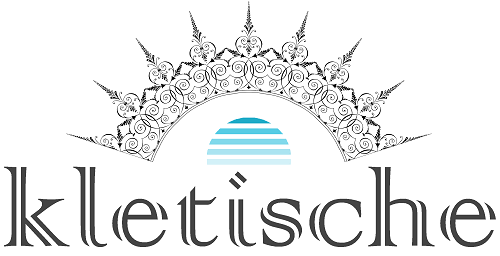How To Push Back Against Coming Back In the Office as a Remote Worker
The tendency for corporate management to force their employees back into the office is mysterious in its origin and motivation. Whether this desire stems from the need to fill leased office space, the need for increased control, or alleged dips in employee productivity, the fact remains that the luxuries of remote work are in the fickle hands of management.
